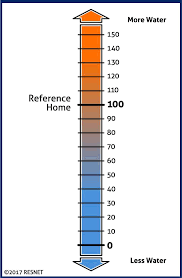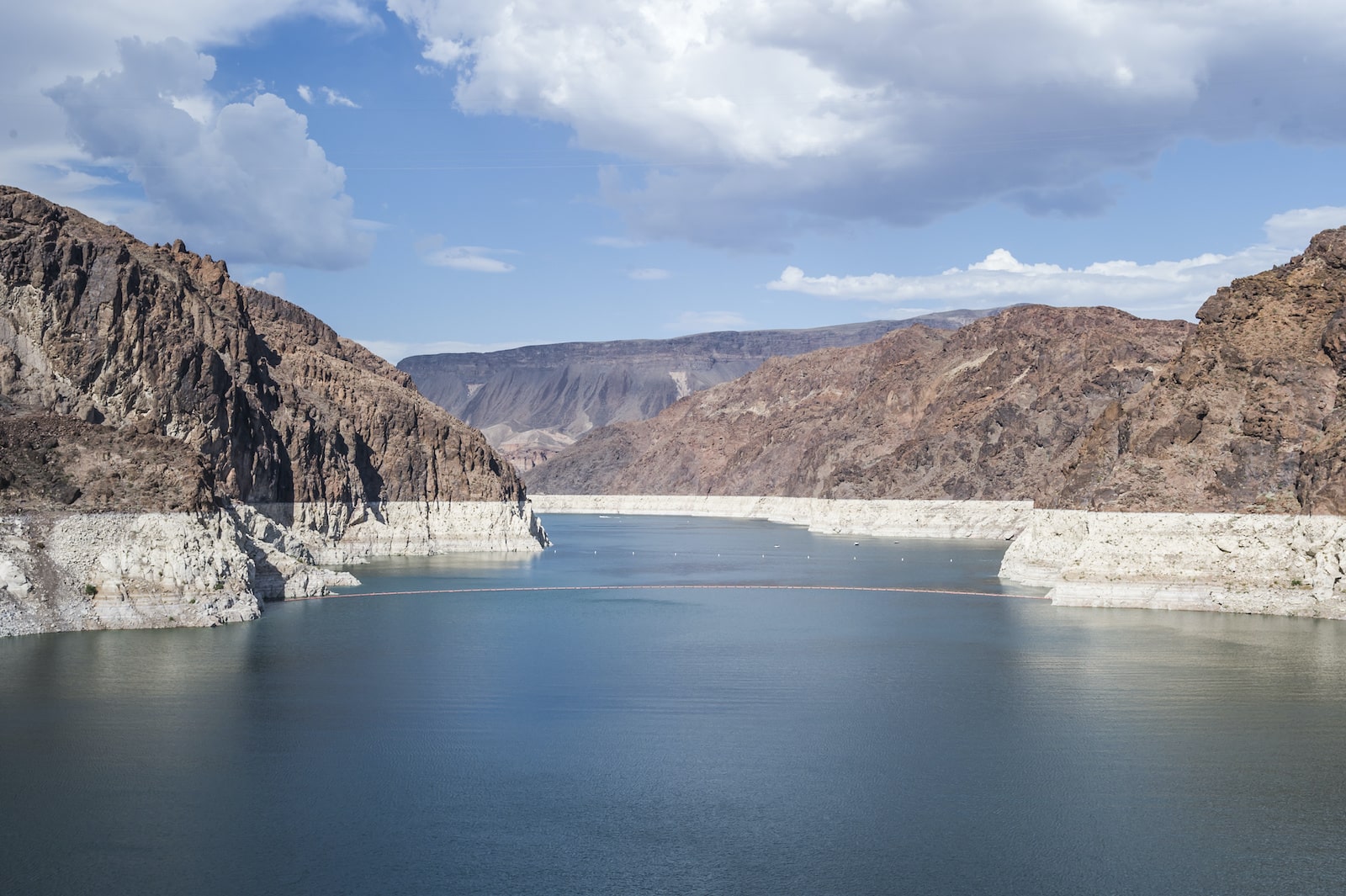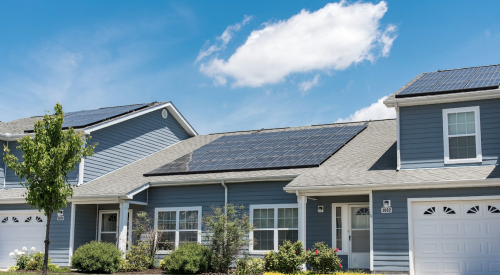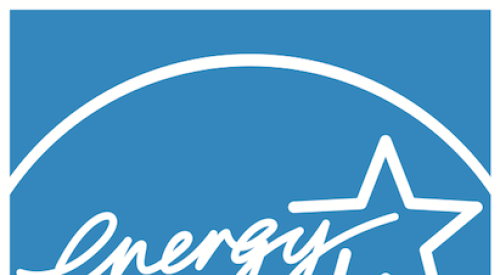
Program Director
RESNET
Home builders already wrestle with the waning supply of land and skilled labor; now fresh water availability is becoming another constraint. As headlines about drought and aging infrastructure grab the public’s attention, the Residential Energy Services Network (RESNET) is several months into launching HERS H2O, a system that grades a home’s water-use efficiency. As with RESNET’s HERS (Home Energy Rating System) Index, which rates houses for energy efficiency, the water audit scores on a scale from 0 to 150; the lower the score below 100, the greater the efficiency. The program is rolling out in tandem with the second version of the Environmental Protection Agency’s WaterSense program, which certifies water-saving products and services.
PRO BUILDER: HERS H2O is described as a whole-house approach for rating water-use efficiency. What does that mean?
Ryan Meres: HERS H2O takes into account both the indoor and outdoor water use of a home. On the inside, we’re looking at the efficiency of any appliances that use water, fixture flow rates, toilet [gallons per flush], and so on.
On the outside, we’re looking at primarily landscape irrigation—the different components of a landscape irrigation system and their flow rates—but also at whether or not there’s a pool or a spa on the property.
PB: Are you getting the sense that consumers understand the importance of comparing the water efficiency of one home against another when shopping for a house?
RM: I don’t think we’re at that point yet with water-use [scores], but on the energy side [awareness] is definitely there.
Since water ratings are in their infancy, I think it will take a little time for consumers to get to the point where they realize there’s an index score [to assist them in] judging one home against another in terms of water use.
WaterSense for homes is definitely better recognized in terms of brand, and brand recognition [definitely plays a role]in terms of water efficiency rating and labels for homes.
PB: How about home builders? Are they catching on? There was a HERS H2O pilot in 2019 that involved a dozen or so builders, but what plans are there for rolling out the program to more builders?
RM: We officially launched in September of 2020. Leading up to that, as you mentioned, we had a number of builders involved. We started out doing field testing, and then we turned it into a kind of informal pilot program where we had builders from different states participating. A lot of them were just doing one or two homes to get a feel for the rating system.
Now we have launched nationally and we’re trying to ramp up both the number of builders that participate and also the number of raters we have certified to do HERS H2O ratings.

PB: What was feedback like for the builders that did that trial? What did you learn and what did they learn?
RM: Initially the feedback was very good in terms of the main purpose of HERS H2O. One goal for implementing the HERS H2O rating was that it would be used in conjunction with the HERS rating on the energy side. The initial feedback we got from raters and from builders was that [the H2O rating] fit very well into a final HERS rating for a home. So when a HERS rater goes on site to do their final energy rating, they can now also do a water efficiency rating at the same time.
Later on, as we launched the formal pilot at the end of 2020, we got more feedback that there was some difficulty regarding timing with the final HERS inspection and the HERS H2O rating when it came to evaluating irrigation systems because they’re something that is typically installed at the very end [of the project]. So we worked through that and came up with better guidelines for it.
PB: Overall, how much time would you say doing a HERS H2O rating adds to the HERS rating process?
RM: The HERS H2O rating usually only adds about 30 minutes—an hour at most. But once a rater really nails down the process, about 30 minutes is all it takes—in addition to [carrying out] the HERS energy rating.
PB: You mentioned earlier the EPA WaterSense program, which is basically a rating program for water fixtures, water loss and water flow How is HERS H2O a complement for the EPA WaterSense program?
RM: HERS H2O is really a compliance path for a builder to achieve the WaterSense label for homes and it's a performance-based approach and this is specific to version two of WaterSense.
Version one of WaterSense was a very prescriptive option. It prescribed what a builder needed to do in order to achieve the WaterSense label and if they didn't meet all those requirements, they didn't get the label. So what HERS H2O does is adds a performance component, so builders have a lot more flexibility in how they get water savings for their home. So they have to meet a HERS H2O score of 70 or less, and then they have a few basic requirements for WaterSense, like verifying that there's no leaks, no visible leaks and the use of WaterSense labeled fixtures is really what it takes to get WaterSense label under version two.
PB: WaterSense 2.0 just rolled out a few months ago. I understand.
RM: Yeah, it was just launched nationally in February. So, yeah, it's very recent. We did a short pilot with them from September of 20, 20 through February.
RELATED
PB: Regarding the supply of raters and providers, are more of them getting certified?
RM: Right now there's a few hundred raters that have been certified, it's under 300 right now, and we have about 19 providers that have been certified as HERS H2O providers. The good thing for raters and for rating field inspectors is that we have an online training, which makes it really easy for them. It takes them about three hours to get through the training program, and then they're certified to do HERs H2O ratings. So our network of 2,500 plus raters and rating field inspectors are eligible to do HERS H2O ratings, and as things ramp up, especially as there's more builder demand, we'll see more Raters getting that certification.
PB: As you know, builders already grappling with constraints on the availability for land skilled labor, and now water availability is something that is quickly becoming another factor that in some markets might shut down or halt any new construction. What role do you think, or would you like to see HERS H2O play when it comes to maybe providing insight for municipal or county officials for urban planning or to consider whether or not to issue a building permit because of water concerns?
RM: Yeah. I mean, water concerns are very real, especially with the, with the drought that's happening in the West. I mean, talking historic drought, potentially the worst in 1200 years that's really shining a light on water efficiency especially there,. But, I think that the way that HERS H2O can work for builders is that in those locations where there is the potential that they're not going to issue more permits because they can't meet the supply. Not only does it demonstrate that a builder is taking water efficiency seriously, but it also gives them a tool to use with those municipalities that may have these concerns, because the data behind HERS H2O will not only provide the builder with an index score, but it's also going to give them the annual estimated gallons per year that they're going to use, or the estimated gallons per day, or gallons per person per day, which is becoming a more common metric. That's where builders can say, you know, this home is not going to exceed more than X number of gallons per year and maybe those municipalities want to set a target for builders and say, we want you to hit this score or this number of gallons. HERS H2O can be used for that purpose.
PB: How about like municipalities and regions like the Great Lakes that have an abundance of water? Why would builders in the Midwest and elsewhere bother with HERS H2O?
RM: Yeah. That's a great question. The drought unfortunately shines the light on water efficiency, but the fact is that water prices are going up faster than energy prices. There's a 65% increase in water and sewer costs from 2009 to 2019. (Source: Bureau of Labor Statistics Consumer Price Index) A lot of that cost is driven by infrastructure. So, you know, you've got cities in the, in the Northeast, the Midwest where water is relatively abundant. The availability of water is not really a concern, but that, that doesn't mean that the price of water is going to stay low because those infrastructure costs are driving up those prices. In fact, a couple of towns in Indiana and Illinois recently announced that they're going to be increasing their water costs 18% on a residential side and I think 40% on the commercial side because they have to pay for infrastructure improvements.













